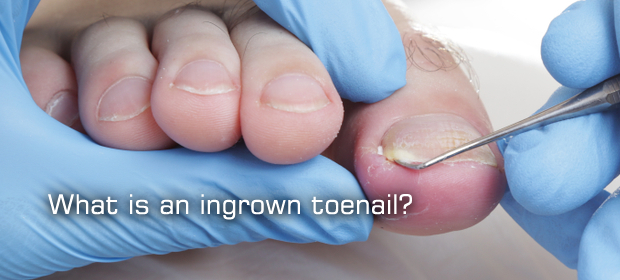What is an ingrown toenail?
What is an ingrown toenail?

An ingrown toenail develops when the sides of the toenail cut in to the skin. The body treats the nail as a foreign body infection, which can cause discomfort and lead to hyper-granulation tissue. The area may become infected. An ingrown toenail could be caused by badly cutting the nail or an injury, such as a sports injury.
Understanding ingrown toenail removal
During your consultation, your specialist will determine which treatment is most appropriate.
Salt water bathing daily and a prescription for antibiotics could be advised.
A partial of full nail removal may instead be suggested, where the infected/damaged nail is removed under local anaesthesia in an outpatient clinic. A chemical called phenol may be advised is the risk of recurrence is higher, this will stop the nail from re-growing.
If you have already had a partial or full nail removal and the problem persists, then your specialist may advise on removal of the nail bed. This will remove the root that contains the cells where the nail grows, which will stop the nail from growing back. The procedure may be arranged under local anaesthesia or sedation, typically in a larger hospital setting as a day case procedure.
Another cause of an ingrown toenail could be a bony growth, called an exostosis, this causes the nail to push up and press in to the skin. The presence of an exostosis is confirmed on X-ray and the procedure to remove this is called an exostectomy procedure. The exostectomy procedure will remove the bony growth, typically this will be carried out with either a partial/ full nail removal or excision of the nail bed. The procedure is arrange under local anaesthesia or sedation in a larger hospital setting as a day case.
Cost breakdown of ingrown toenail removal
Contact our team today and provide details of your current issue and any treatment that you may have had. We can then provide you with a cost estimate for the likely treatment. Should a larger surgery be required, this will be carried out with Mr Kaser Nazir. A full breakdown will be provided following your consultation.
Conclusion
Ingrown toenails are a common condition with multiple treatment options, depending on your particular issue. It is important to contact a specialist if the area has become infected.



